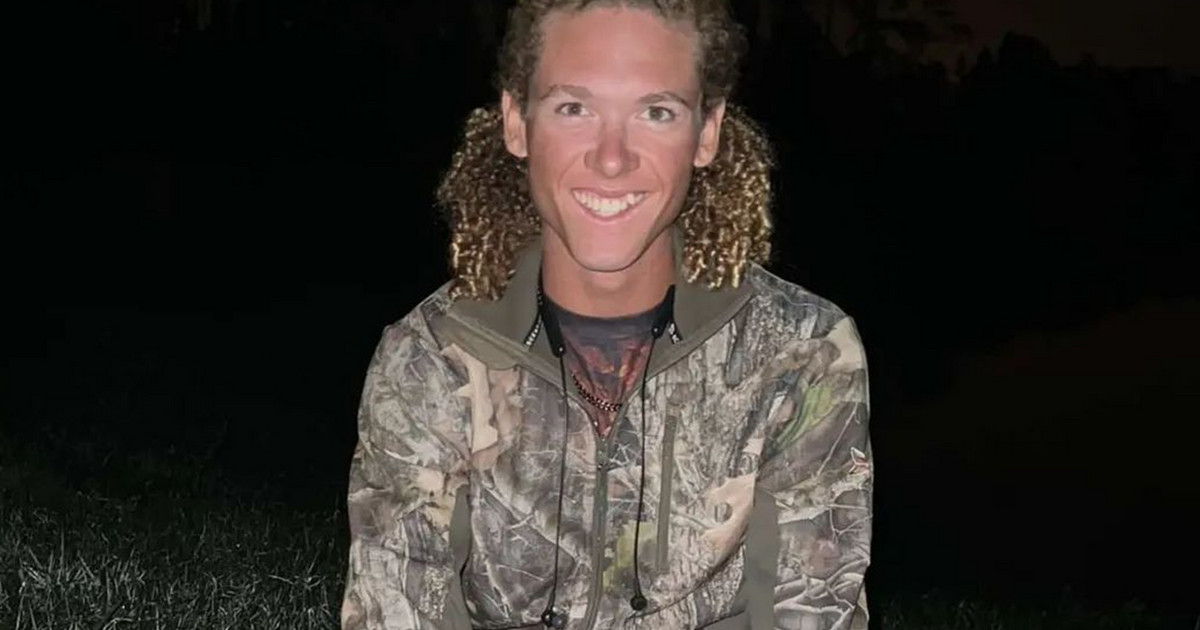Known for its great biodiversity of animals and plants, Brazil is also home to a significant variety of disease-causing agents, technically called “pathogens”, such as viruses and parasites.
Even before the emergence of the coronavirus at the end of 2019, the World Health Organization (WHO) has been warning about the risks of the emergence of diseases with the potential to spread around the world and affect large populations in all countries.
When raising this possibility, Brazilian scientists investigated characteristics of the country that may favor human contact with microorganisms that can pose health risks.
A study led by researchers from the Oswaldo Cruz Institute (IOC/Fiocruz), in Rio de Janeiro, points to recent increases in the country’s social and ecological vulnerabilities, amplified by current political and economic scenarios.
The findings, published in the scientific journal Science Advances, indicate a propensity of this megadiversity to act as an incubator for a possible pandemic caused by infectious diseases of animal circulation that can be transmitted to humans – the so-called zoonoses.
“Based on an evaluation model that identifies different interactions between the elements we investigated, we were able to observe more broadly the processes that shape the emergence of zoonoses in each Brazilian state”, points out Gisele Winck, first author of the article and researcher at the Biology Laboratory. and Parasitology of Wild Mammals Reservoirs of the IOC, in a press release.
According to experts, three main risk components are in focus in the assessment: vulnerability, exposure and coping capacity.
Within the main groups, more specific variables are observed, such as the number of wild mammal species, loss of natural vegetation, changes in land use patterns, social well-being, geographic connectivity of cities and economic aspects.
According to the study, the results highlight deforestation and hunting of wild animals as highly relevant factors for the emergence of new and old infections. .
The study also points out that the entire Brazilian territory is susceptible to emergencies caused by zoonoses, with a greater probability in areas under the influence of the Amazon Forest.
In the analysis, the experts draw a comparison between the states of Maranhão and Ceará, in the Northeast region.
Maranhão, which has about 34% of its territory covered by tropical forest, is classified as an area at high risk for zoonosis outbreaks. While Ceará, a neighboring state, where the Caatinga prevails, presents a low risk for the emergence of new diseases.
“The Amazon Forest is a region with a high diversity of wild mammals and that has been suffering great loss of forest cover. Many species are running out of habitat due to deforestation, generating an imbalance in local dynamics”, says Cecília Siliansky de Andreazzi, one of the authors of the article and also a researcher at the Laboratory of Biology and Parasitology of Wild Mammals Reservoirs.
Risk of “overflow”
Contagion by infections of animal origin happens through a phenomenon known as “spillover”. The “overflow”, in literal translation, is when disease-causing agents that circulated restrictedly in an animal group “jump out” and go on to infect other species, including humans.
The expansion of human activities to wooded and forested regions, naturally inhabited by wild animals, is an aspect that further favors this scenario, according to the researchers.
However, the study emphasizes that for a zoonosis to become epidemic it is necessary to align different ecological, epidemiological and behavioral factors, including human mobility as a factor of importance.
In Brazil, the socioeconomic dependence of smaller cities with capitals and large metropolises increases the epidemic potential of zoonoses, since inhabitants of inland regions need to travel frequently in search of goods and services.
“Human flow is crucial in the spread of zoonoses, especially in infections whose transmission occurs from person to person after the jump of species, as is the case with Covid-19. From the moment these pathogens reach super-spreading cities, such as São Paulo and Manaus, the transmission is amplified and exported to several other regions”, says Cecília.
Bushmeat is another critical avenue for the “spillover” of disease. In a network analysis, species that are frequently hunted illegally in Brazil were related to agents that could potentially cause serious harm to public health. As a result, 63 mammals were found to interact with 173 parasites capable of causing at least 76 different diseases.
“Infection can occur in several stages: when entering the forest, when the hunter is exposed to mosquitoes, ticks and several other vectors of pathogens; in the act of hunting, when suffering a cut or scratch that comes into contact with animal fluids; in meat preparation, when there is direct contact with viscera, which are also commonly offered as raw food for pet dogs and cats; and in the final consumption of the meat, if it is not well stored or cooked”, explains Gisele.
As the activity is still essential for traditional populations that use bushmeat for subsistence, the experts outline the situation in the article and recommend the implementation of specific actions to guarantee health security in these groups.
“It is something that needs to be discussed and evaluated a lot. Hunting is authorized only for traditional peoples, but it continues to occur outside these groups and serves as a factor of interaction between people and wild animals that are reservoirs of pathogens. Unfortunately, everyone ends up being wrongly treated as an equal. It is necessary to differentiate populations that depend on this consumption as a source of protein from those that work in the trafficking of wild animals or sport hunting”, recalled Cecília.
Surveillance
The study points to investment in actions of the Unified Health System (SUS) as the main way to mitigate the effects of the emergence of a zoonosis.
According to the article, the containment of zoonoses will occur effectively with the promotion of public health policies that support predictive and preventive approaches that follow the concept of One Health (One Health), which considers human, animal and environmental health for the maintenance of well-being on the planet.
Among the recommended actions are the implementation of effective monitoring systems integrated with epidemiological surveillance of potential zoonotic diseases, broader and more innovative policies that mitigate environmental degradation, inspection of the trafficking of wild animals and new approaches to the conservation of biodiversity.
“What defines whether the emergence of a zoonosis will be a local outbreak, epidemic or pandemic is how we will deal with the situation. We have to think about how we can efficiently monitor a large and diverse country like ours”, says Gisele.
Lessons from Covid-19
The study originated in a letter published in September 2020 in The Lancet. At the time, the authors of the text pointed to setbacks in social and environmental policies in Brazil, which could contribute to the occurrence of infections caused by microorganisms of animal origin. The specialists also defended the creation of an integrated system for the surveillance of wild diseases.
“Following the publication of the letter, we began a more in-depth and detailed reflection on the potential risk of zoonosis emergencies in Brazil. This article is the result of a lot of research and discussion among the researchers of this group, since they are complex issues and demand a search for information from various sources”, said Gisele.
The research was carried out by a group of specialists composed of professionals from different areas, who work in public health and environmental conservation. The publication is part of the SinBiose project of the National Council for Scientific and Technological Development (CNPq).
Participating in the work are researchers from the Vice-Presidency of Production and Innovation in Health at Fiocruz, the Laboratory of Comparative and Environmental Virology at the IOC, Fiocruz Ceará, the Federal University of Paraíba (UFPB) and the State University of Ceará (UECE).
The study also had the collaboration of experts from Faculdade Maurício de Nassau, the International Union for the Conservation of Nature, the University of Aveiro and the University of Coimbra.
Source: CNN Brasil






